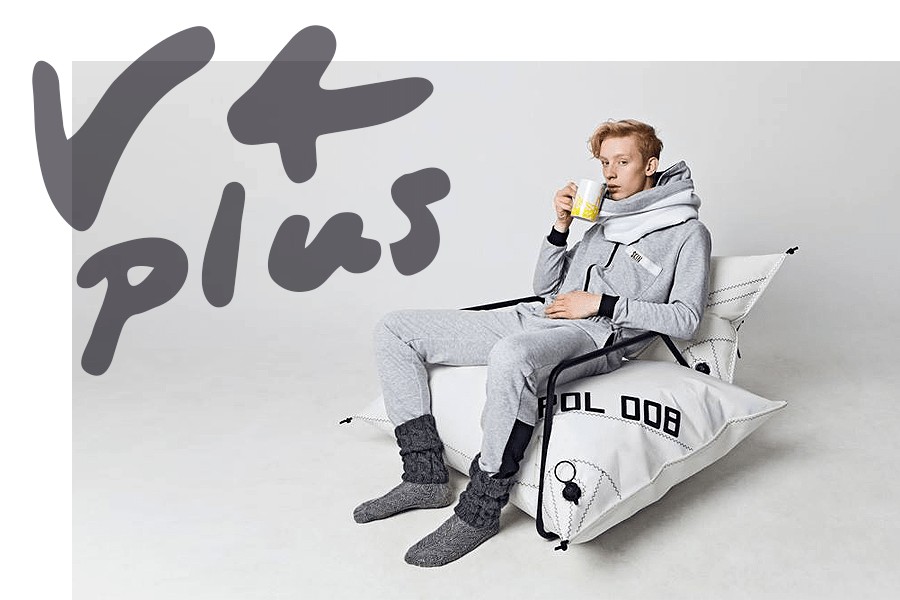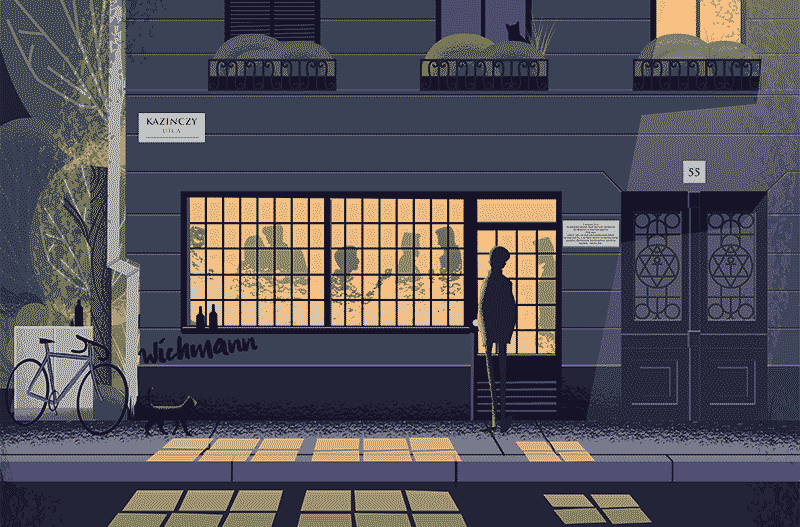In our most recent collection, we introduce you to the Polish equivalent of SUSU ceramics, and we give a tip to those who were looking for the best equipment to germinate avocado seeds. We will tell you who designed the first store of MUJI in Poland, and we will also tell you all about the fashion brand that is not even trying to hide their opinion about today’s consumerism. Polish everywhere!
Grynasz Studio
The Grynasz Studio that is inspired by the Polish craft’s traditions is conquering outside of the Polish borders as well. The different kinds of objects and furniture they design appeared at the Qeek Berlin and the Tokio Design Week events as well, and they also introduced themselves last year at the Salone Satellite in Milan. And their coolest deed among gall these is that they are responsible for the interior of the first-ever MUJI store in Poland. The store opened it’s doors in 2010 at the SC Arkadia in Warsaw (oh and we are so jealous).
. The designer Marta Niemywska-Grynasz and the architect Dawid Grynasz was joined by Małgorzata Ćwiek graphic designer later on, and the three of them have already designed for Marbet Style and Etap Sofa brands on multiple occasions, for the premier they designed the MUNO armchair (that is eerily similar to the STRANDMON armchair from IKEA), and for the latter they designed the NESTO sofa family, with a sofa bed and armchair. But altogether they work the most together with the MEESH brand, here almost every item and product was and is designed by the trio, our personal favorite is the PROM modular shelf-system, where the barred metal elements fit together with the wooden elements harmonically. The plywood also appears regarding the Japanese styled KUBU sofa as well, just as if we would see the Polish equivalent of Hannabi.
They have proven their talent on multiple occasions when it comes to designing stands, but in particular, their stand is outstanding from the 2015 expo in Milan, the ’The Polish Table’, where 33 design objects were on display, and they have been working together on this project with Katarzyna Rzehak. We could mention so much more, but see it foryourself!
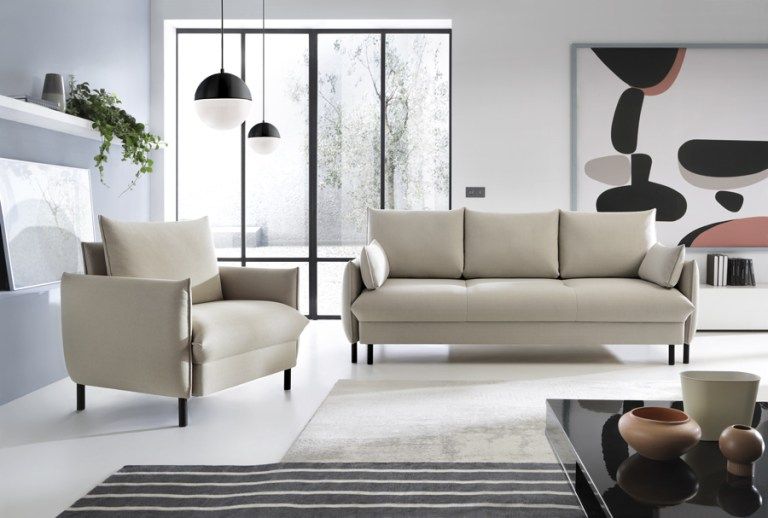
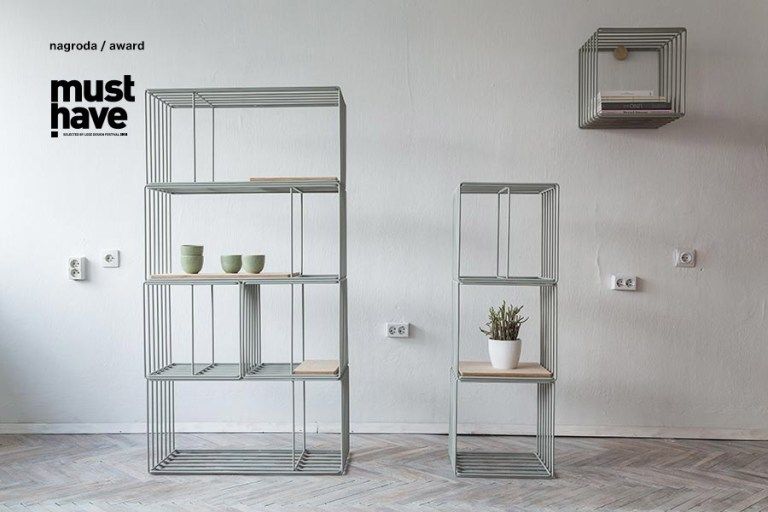
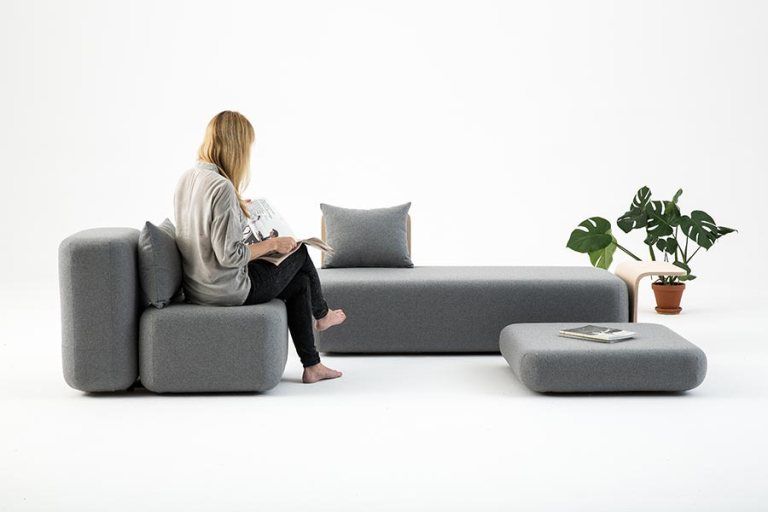
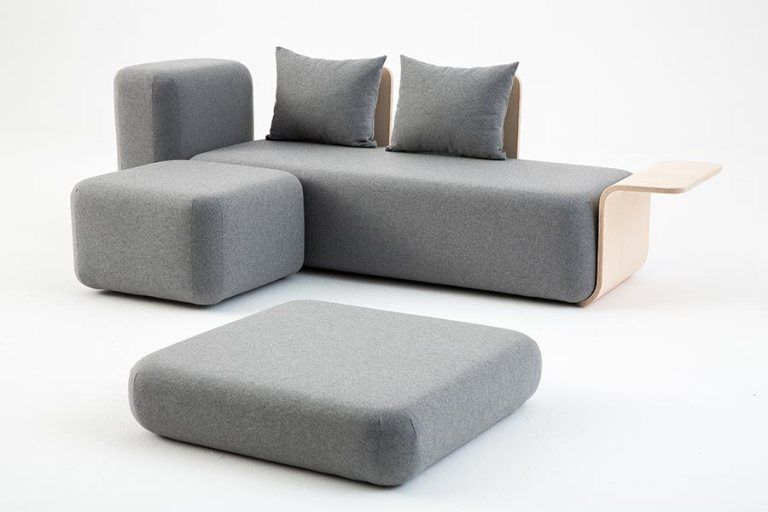
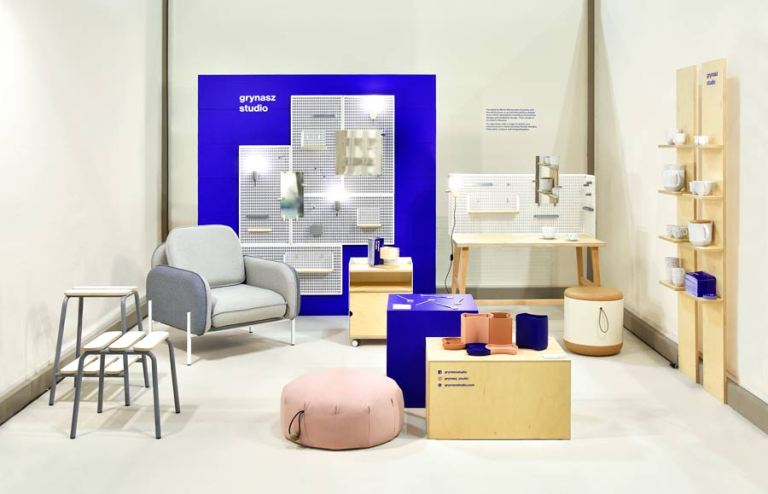
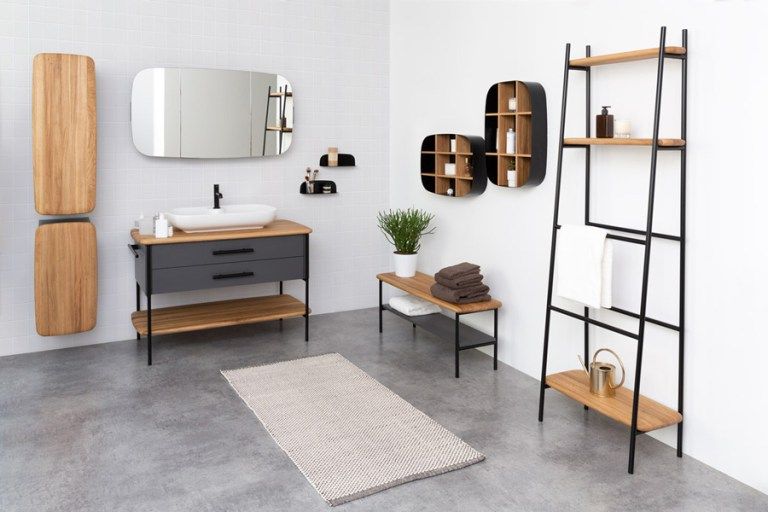
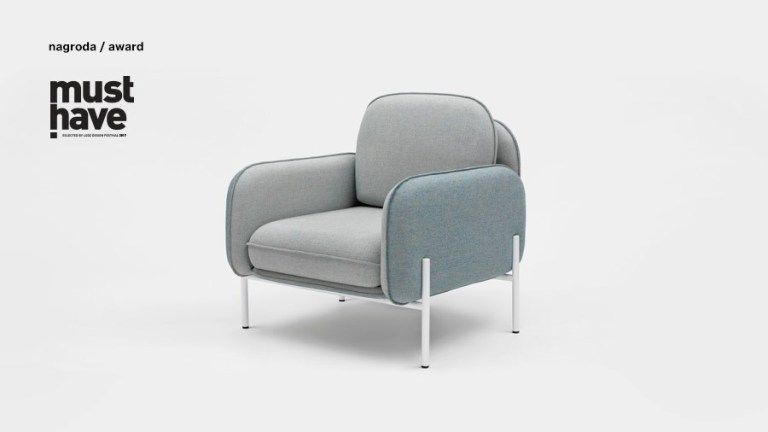
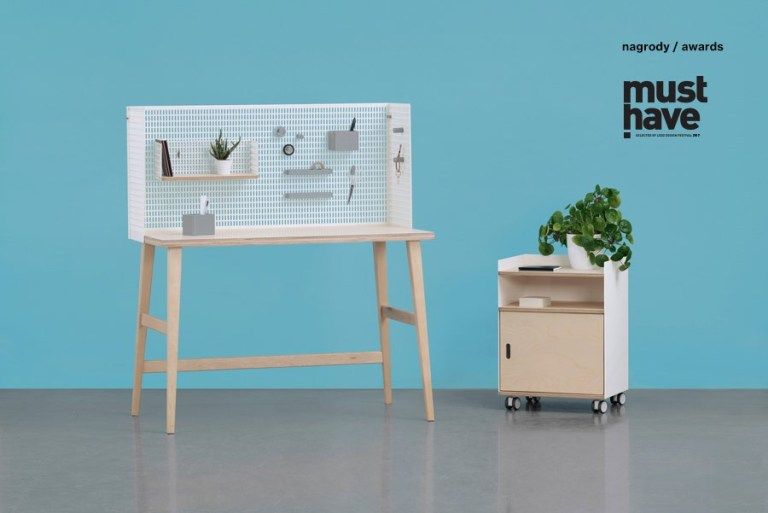
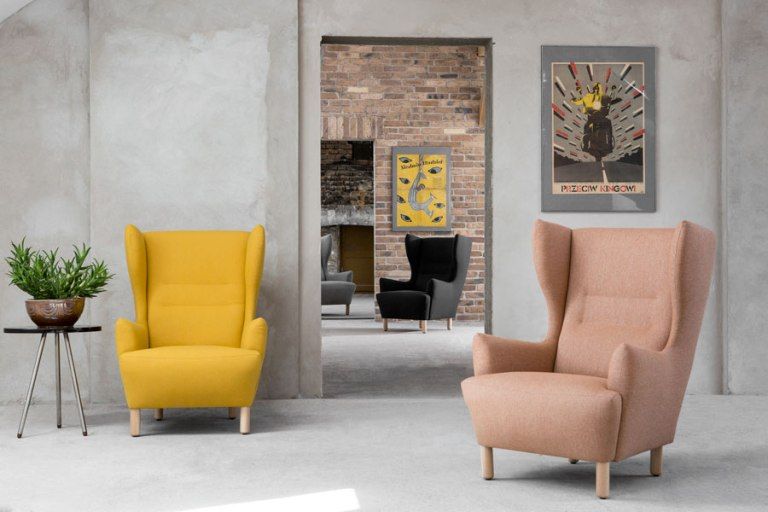
Malwina Konopacka
Yes, we were also reminded by SUSU keramika when we saw the colorful, joyful objects of Malwina Konopacka. The resemblance is not coincidental since the Polish designer also started her career as an illustrator and only later did she start to design objects. We love objects that radiate joy and life as much as we love clean, minimal objects, and Malwina’s ceramics are exactly the joyful, lively pieces we need in our everyday lives.
She comes out with a new collection year after year, in her collection, LA CITÉ from 2017, her vases and plates are mixing the elements of architecture, and the greens of rooftop gardens with the blues of the water of pools, on the pieces of KOBALT from 2014, eyes, faces, and hand appear alongside with prints from the ’60s in cobalt blue according to tot he collection’s name. Palm trees, banana trees, and cacti inhabit the vases of the JUNGLE out of which two is saluting the French Henri Rousseau. Out of her later works we would highlight the Aniela fruit or cake plate, that would bring happiness to any table.
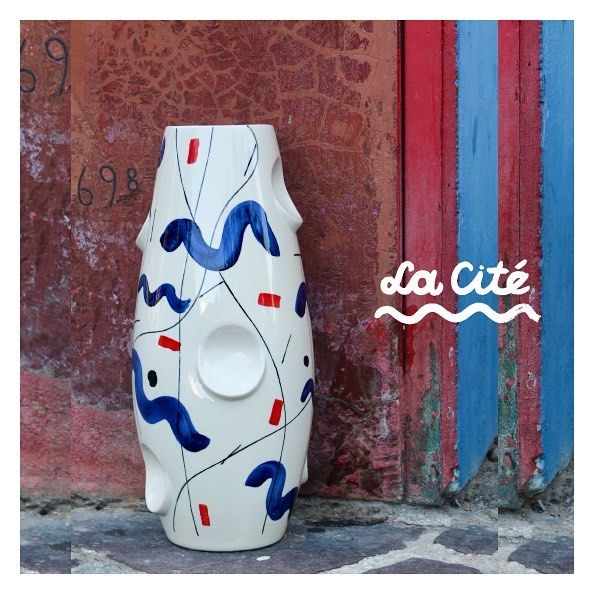


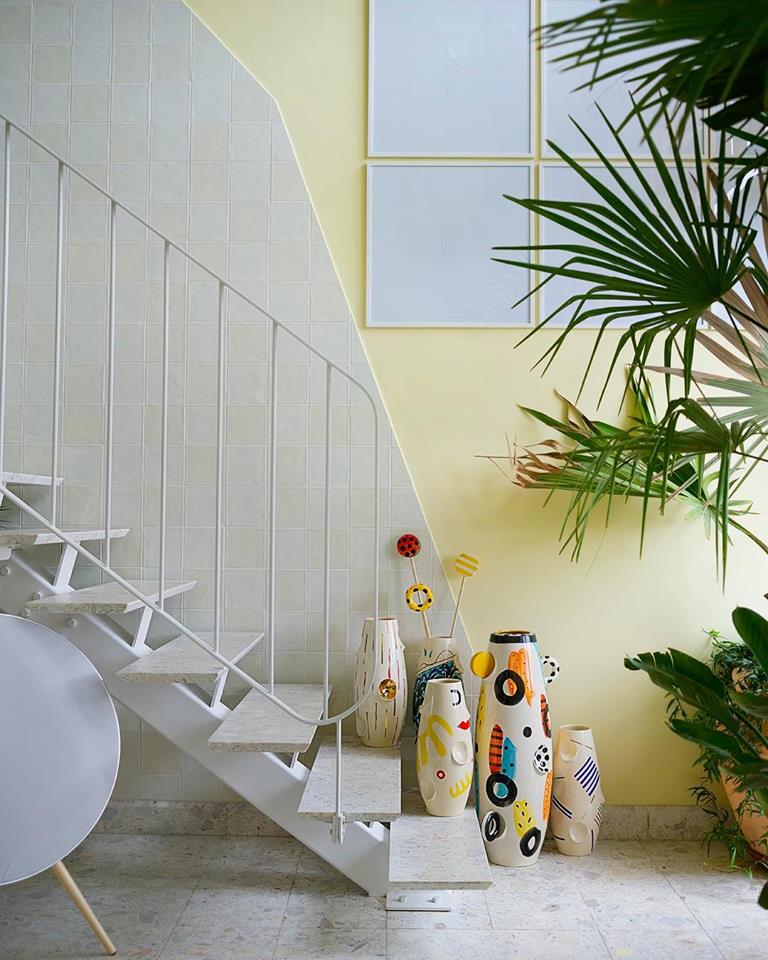
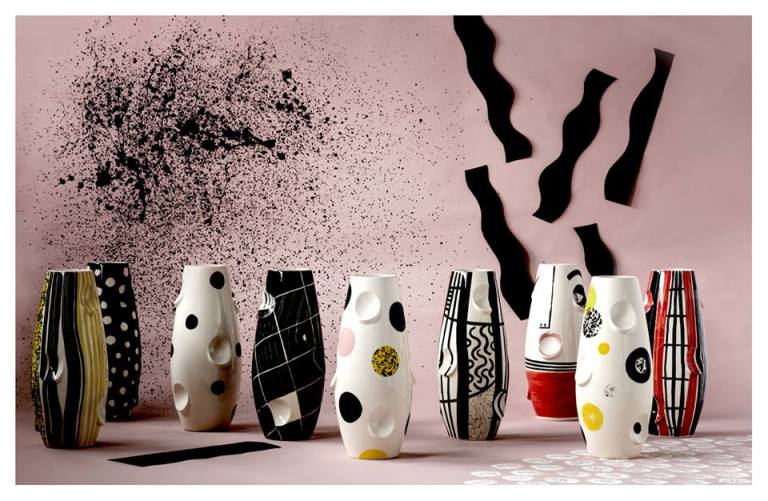
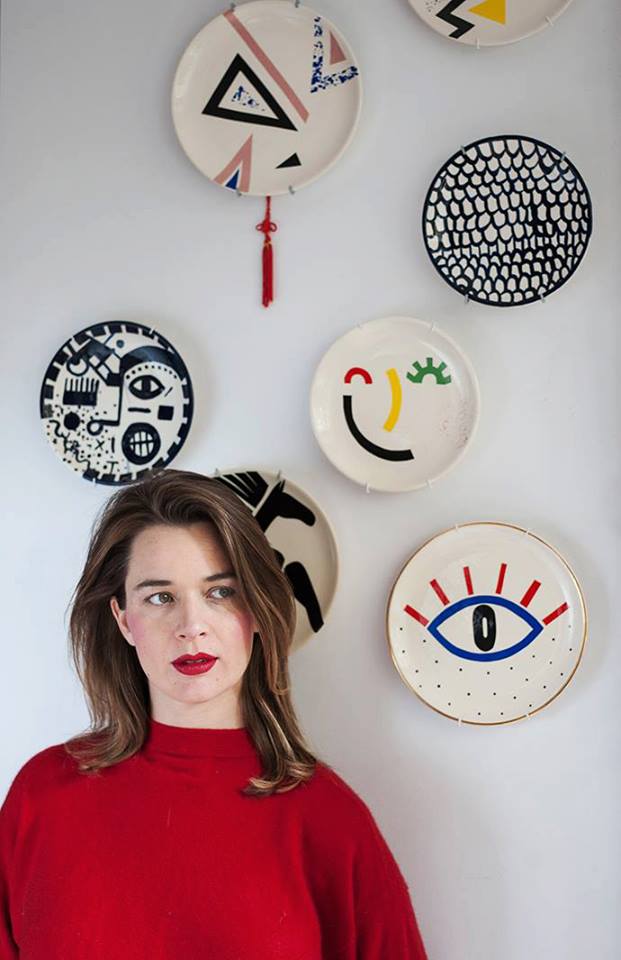


Plantation
The unused water glasses were the objects that inspired Alicija Patanowska to create ceramic objects with the help of which we can use the mentioned glass objects again. The Plantation brand means one single accessory with one sole function: we can grow ourselves any herbs, food -or ornamentals with the help of the ceramic filter in a very spectacular way.
Alicija studied in Wrocław and at the Royal College of Art in 2015, her ceramics were discovered in 2015 at the Ambiente, and the London Design Festival. We feel that her different shaped ceramic interlines’ use is even more actual today when sustainability is of high importance. This tiny object can help those to success who tried to ’grow’ their own plants at home without any success. We can also use the Plantation ceramic to germinate as well, if we turn it upside down, covered by a glass has the same function of a greenhouse. How can we get one of these babies? We can get them at the Porcelanowa store in Warsaw, where they are dealing with the most awesome ceramics from Poland, we have mentioned them in our first collection. Luckily, you can also order it online.
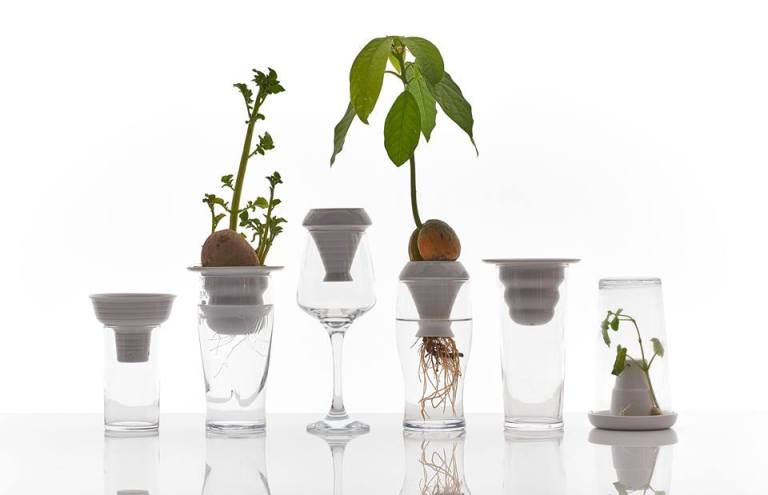
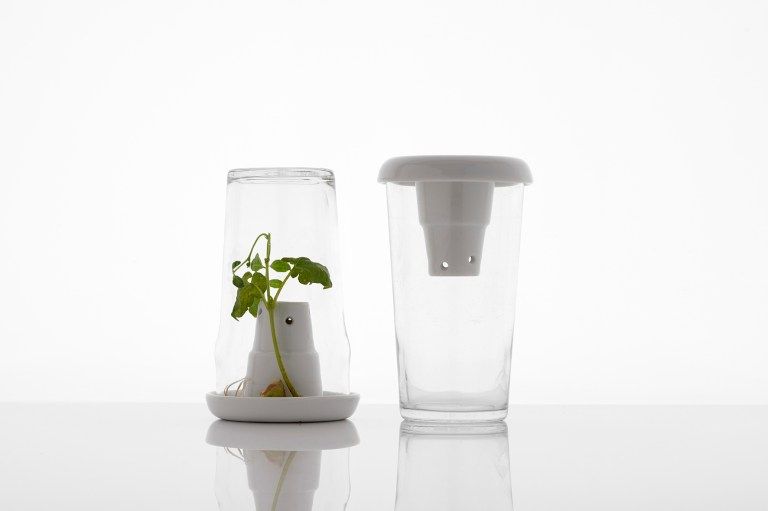
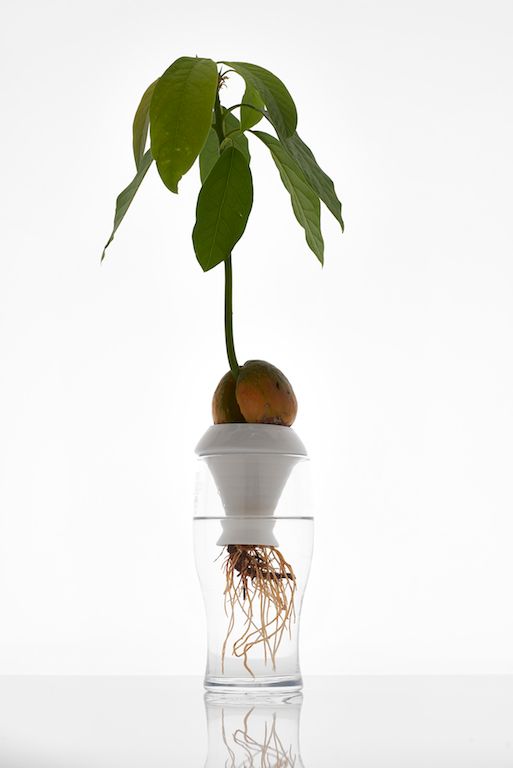
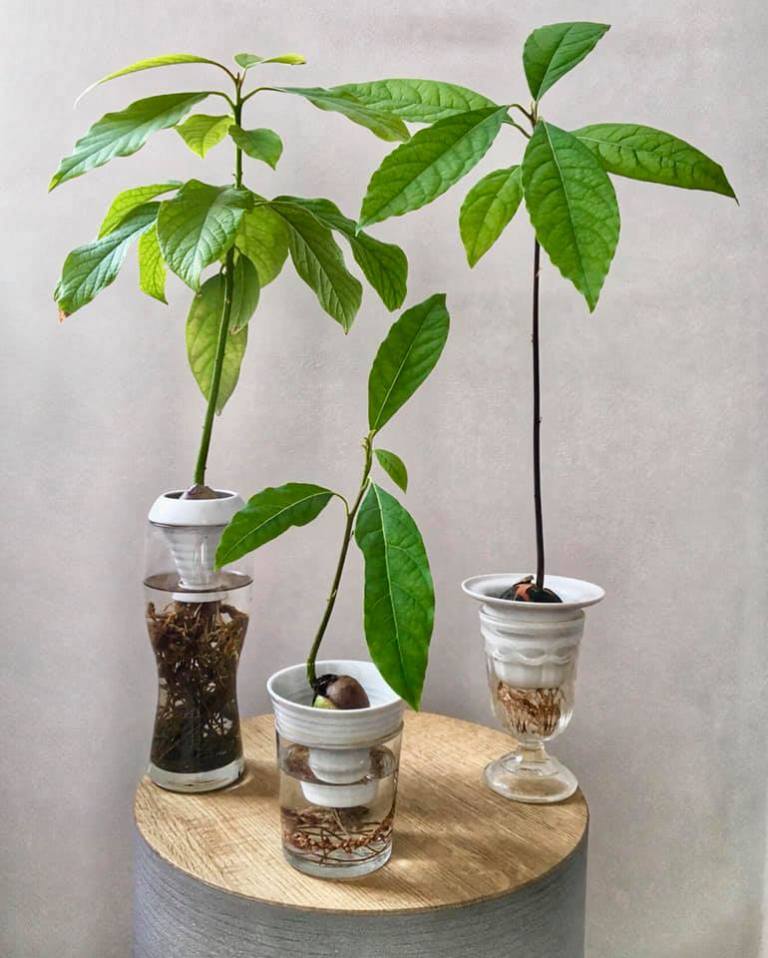
Malafor
How to give a purpose to common materials and win the international design award with it? To our question, the Polish designer couple, Agata Kulik-Pomorska and Paweł Pomorski will answer. The founders of the Malafor brand got the Red Dot prize in 2012 for the very stylishly named ’Blow Sofa’. This is an inflatable sofa made of recycled paper, which is surprisingly durable, and we don’t have to be worried about spilling some wine on it, or the braves can also draw or paint on it. And since this piece of furniture is inflatable, the transport is cheap and doesn’t require a huge car. If you don’t like the low tech execution, you can also choose a textile version of it in many colors, and oaktree elbow rests from the ’Air Collection’.
The other great invention of theirs is the ’Board to Board’ dining table, which can take away the worry of having more dinner guests than expected. The oak elements connect to each other via magnets, and they are interchangeable, which enables not only to make the dining surface bigger, but we can also play around the patterns and the looks. We would also love to see such a piece in our dining room! Not only did they win the Red Dot prize, but they also well-deserved the IF Design Award as well, this later they won with their product made for people in wheelchairs called the ’Active Basket’, that can assist them in their everyday shopping.

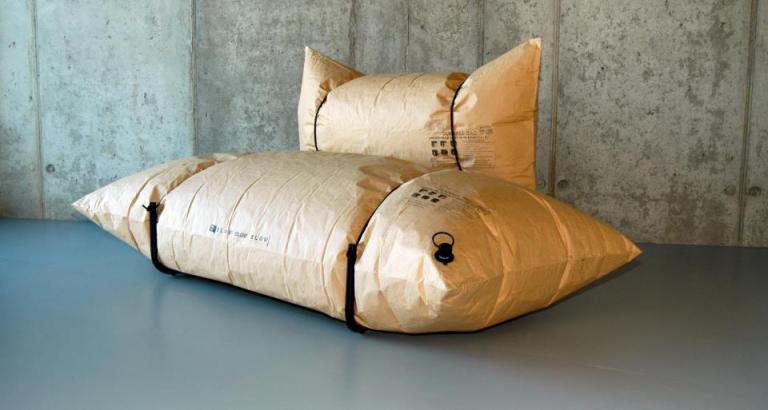
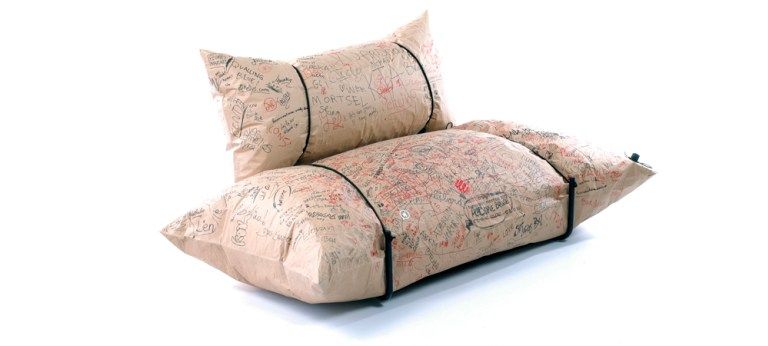
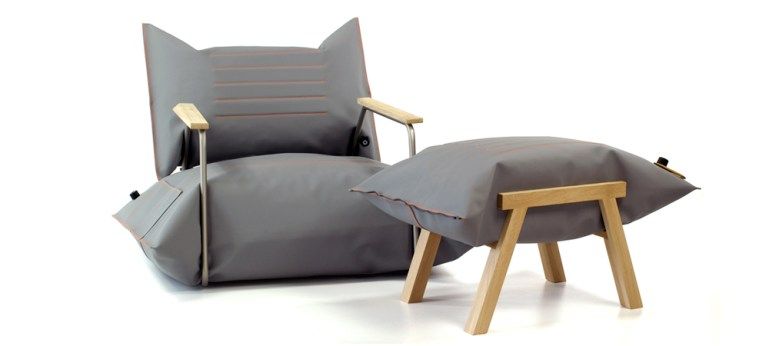
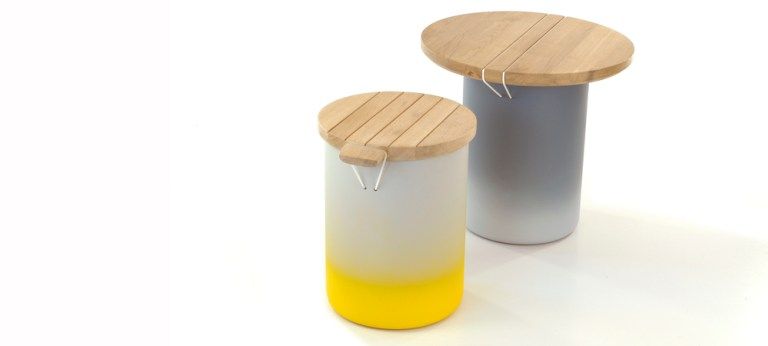



UEG
The brand was founded by him in 2003, the name derives from the Italian ’use e getta’ which means ’use it, and throw it’. Łojewski is also one of the most known Polish graphic designer, which explains why taglines and words that have a meaning to him reappear on his clothes as well and become the most characteristic element of them. His 2015 collection got the name: ’Para bellum’ aka ’get ready for war’, in this collection we can find a t-shirt saying ’Si vis Pacem, para Bellum’, which means ’If you want peace, get ready for war’, but there are shirts that say FASTER! BIGGER! BETTER!, or PAY ME and LIE. These universal and unisex pieces of clothing are implying the consumerism of the western world while mentioning those parts of the planet where there is war.
The snow-white jacket of the UEG brand was made for white people who want protection from the bad things of the outside world. The cutline resembling protective wear and the choice of fabric is not a coincidence, the designer chose thickly woven Tyvek® drape, which originally provides a protection layer, repellent, it doesn’t travel and it’s airy. The futuristic coats have city names like Damascus, Tokyo, Detroit, and Cape Town on their sleeves, the reason for it is not necessary to explain. Besides the clothes, we can find accessories and posters among their offers.


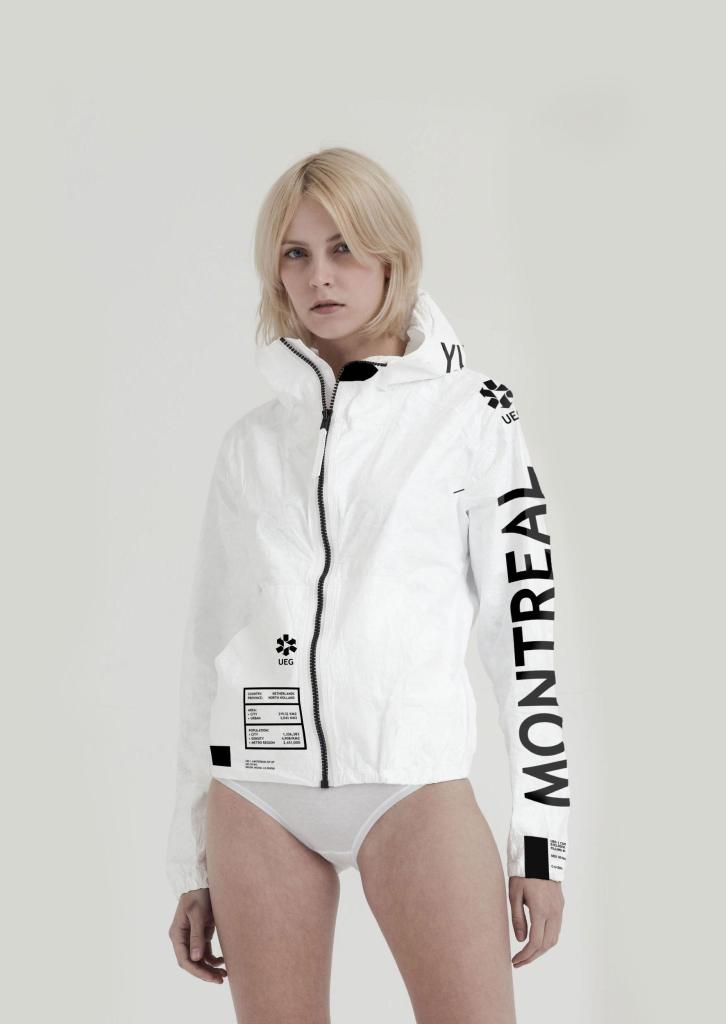
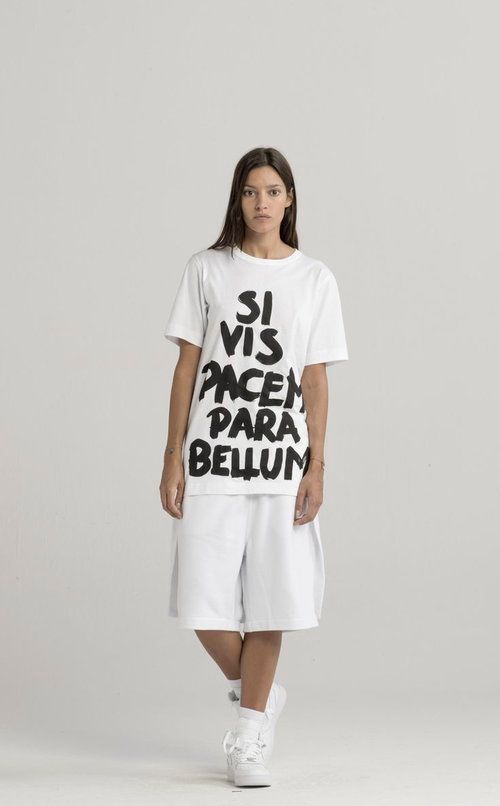
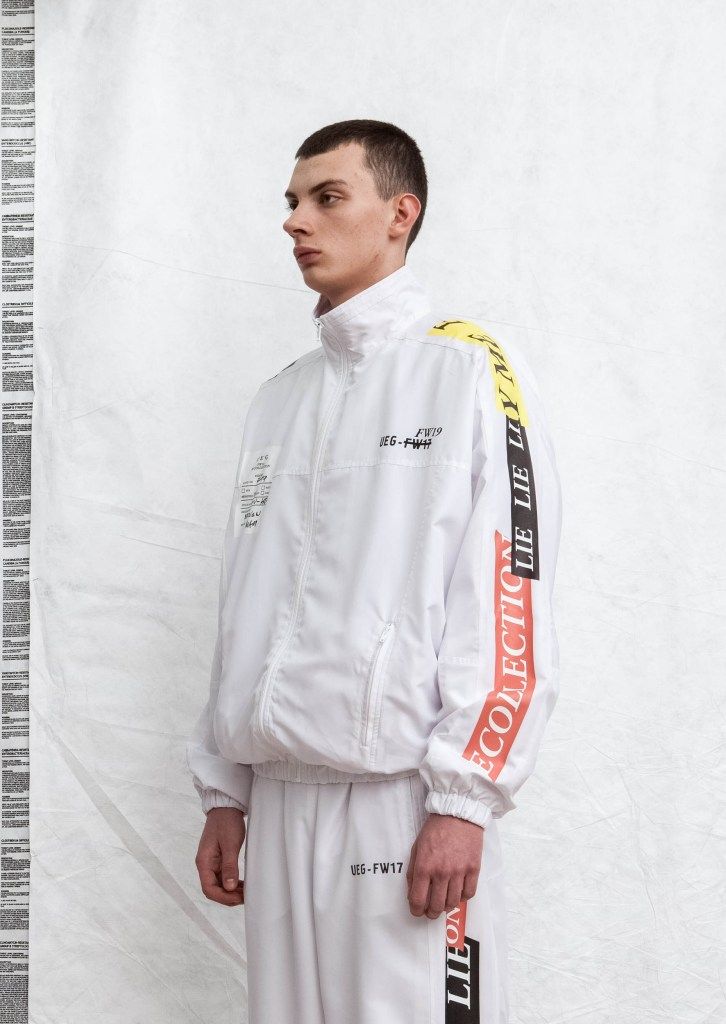
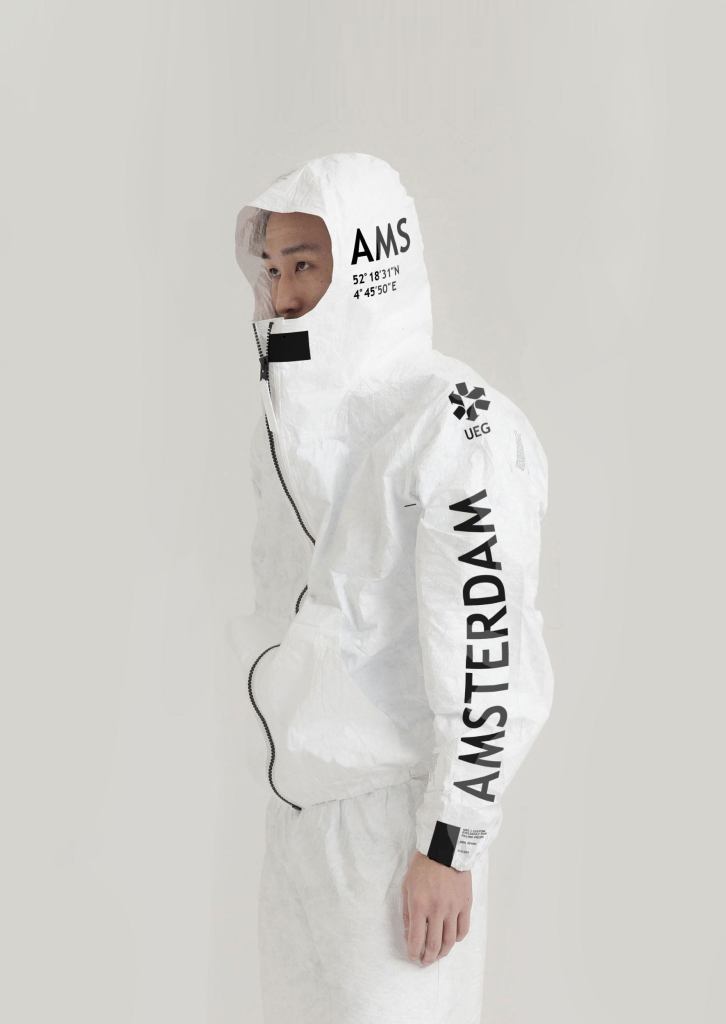
In our weekly series, we are presenting such Czech, Slovakian, and Polish brands and design spots, who we think are worthy to join our mental design map. It is a teaser guide for those who are curious about other things than the usual tourist sights.

Revolutionary sites










